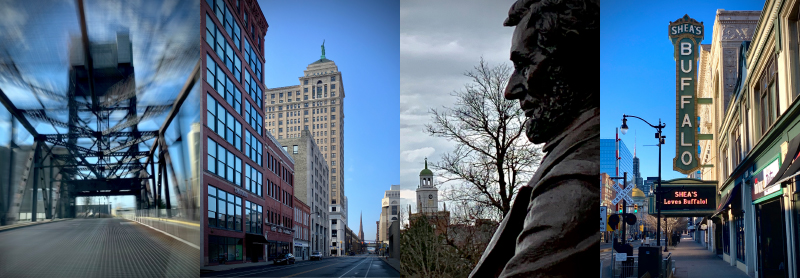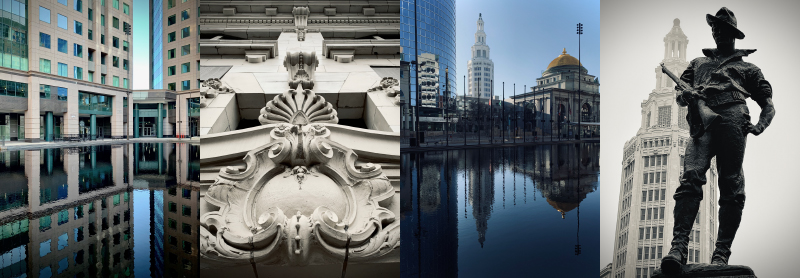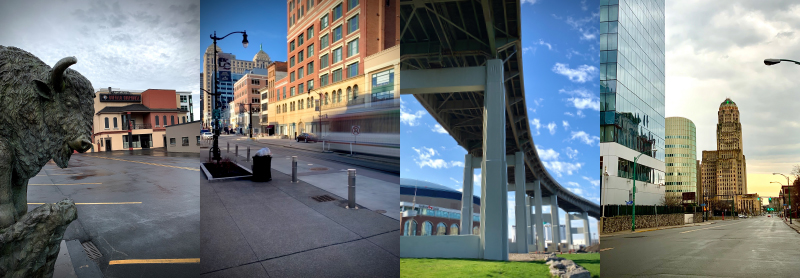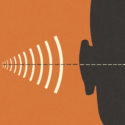There is a certain unapologetic beauty to a shutdown. I say “unapologetic” because a society builds its physical surroundings, not as a tribute to a once great civilization, but as an ongoing celebration of what it’s truly capable of. To be human is to be creative and for this we should never be sorry.

I recently walked down Main Street in Buffalo’s Theater District and had one of those unique moments in life… a moment where you take in an excess of visual stimuli and your mind responds in a way that is different from the norm. Now this standstill we’ve been living for several weeks is unprecedented in modern times. Covid-19 has certainly presented society with a conundrum. Many people are concerned about their own health, and that of their loved-ones. Multitudes of businesses, large and small, are on the verge of slipping into the abyss of financial uncertainty. Farmers and ranchers are distraught over undeliverable meat and produce. And I, at this particular moment, standing on Main St. with not another living soul as far as the eye can see, was suddenly on the verge of something extraordinary. I was no longer a mere Buffalo native.
I was now a Buffalo observer.
Without the routine of pre-Covid life, art and design in the observable world around me became visually sharpened. No noisy vehicle traffic or crowds of pre-occupied people in the throes of endless itineraries distract my senses. One can expect this phenomena while discovering a pristine lake atop a remote mountain. But to experience it on a Saturday morning in the center of a mid-western-style city in Western New York State is quite unusual. As an artist, designer and a trained observer of life, my attention needed somewhere to go on that empty street, and I experienced many interesting visual discoveries in the process. iPhone in hand, I felt the need to chronicle my reacquaintance with this beautiful old city.

Seemingly never before noticed, I saw a dormant city that was filled with vibrant life:
Beautiful reflections in the still water of an unvisited fountain pool. Architectural patterns were inverted, effectively doubling in height. Gorgeous terra cotta, glass and stone creations presented to me as kaleidoscopic projections on the tranquil water’s surface.
Juxtapositions of art and architecture, defying logic and playing with spatial perception, became apparent. Delicate motifs from a century ago emerged like fresh flowers to tell their story about when people proudly hung their art on buildings.
“Who today would have the time or dedication to detail with the effort that was required 100 years ago?” I thought. An electric passenger train suddenly breaks the relative silence and whirrs past—completely empty. It fast-forwards me up to 2020 and back into the realm of pandemic life.
Yes, art, architecture and design are meant to be enjoyed—even celebrated. The absence of human activity in the places that were created by humans multiplies this by a factor of 100. Yet, it’s unfortunate that it takes a world-wide pandemic to make the case.






